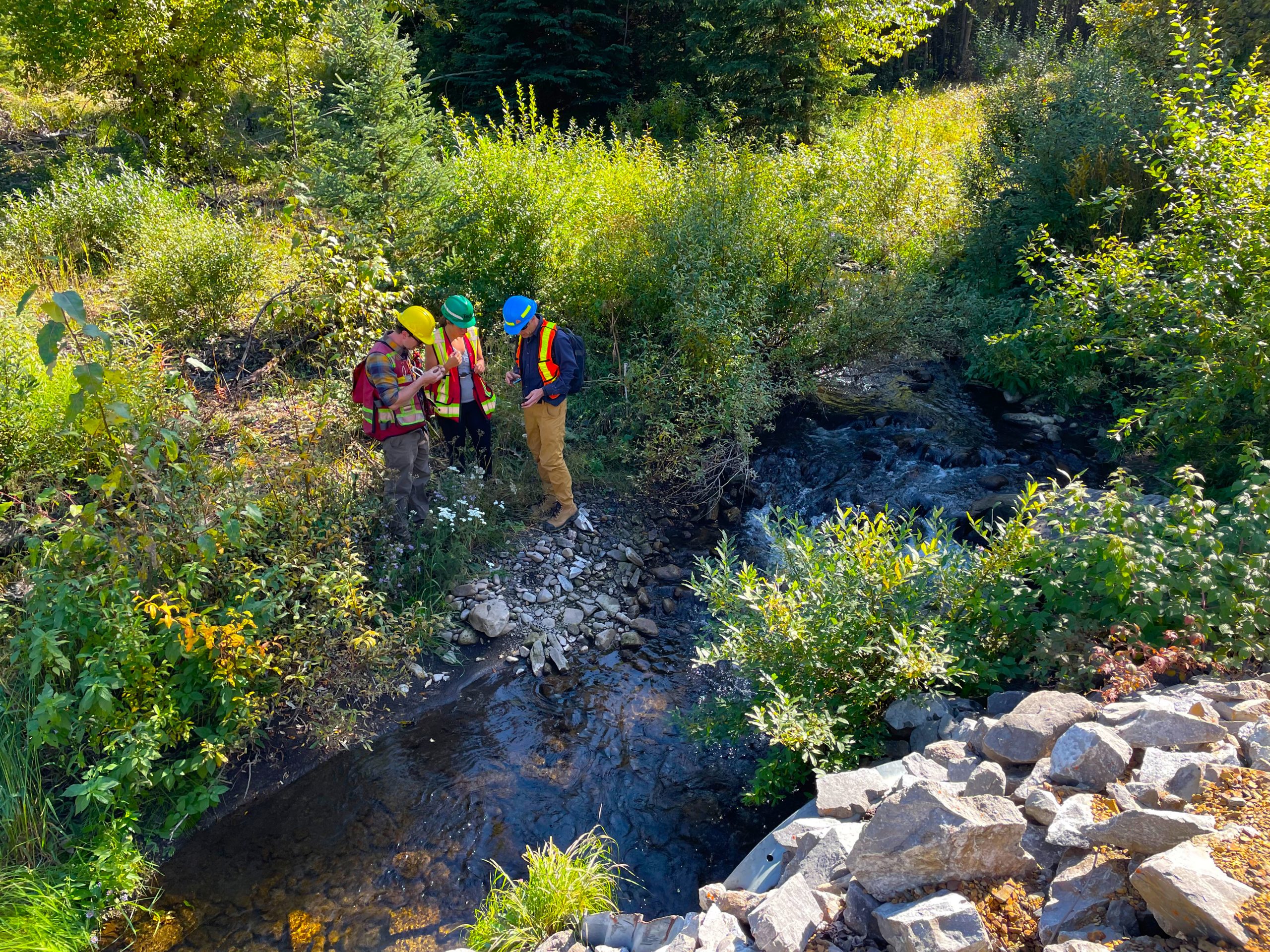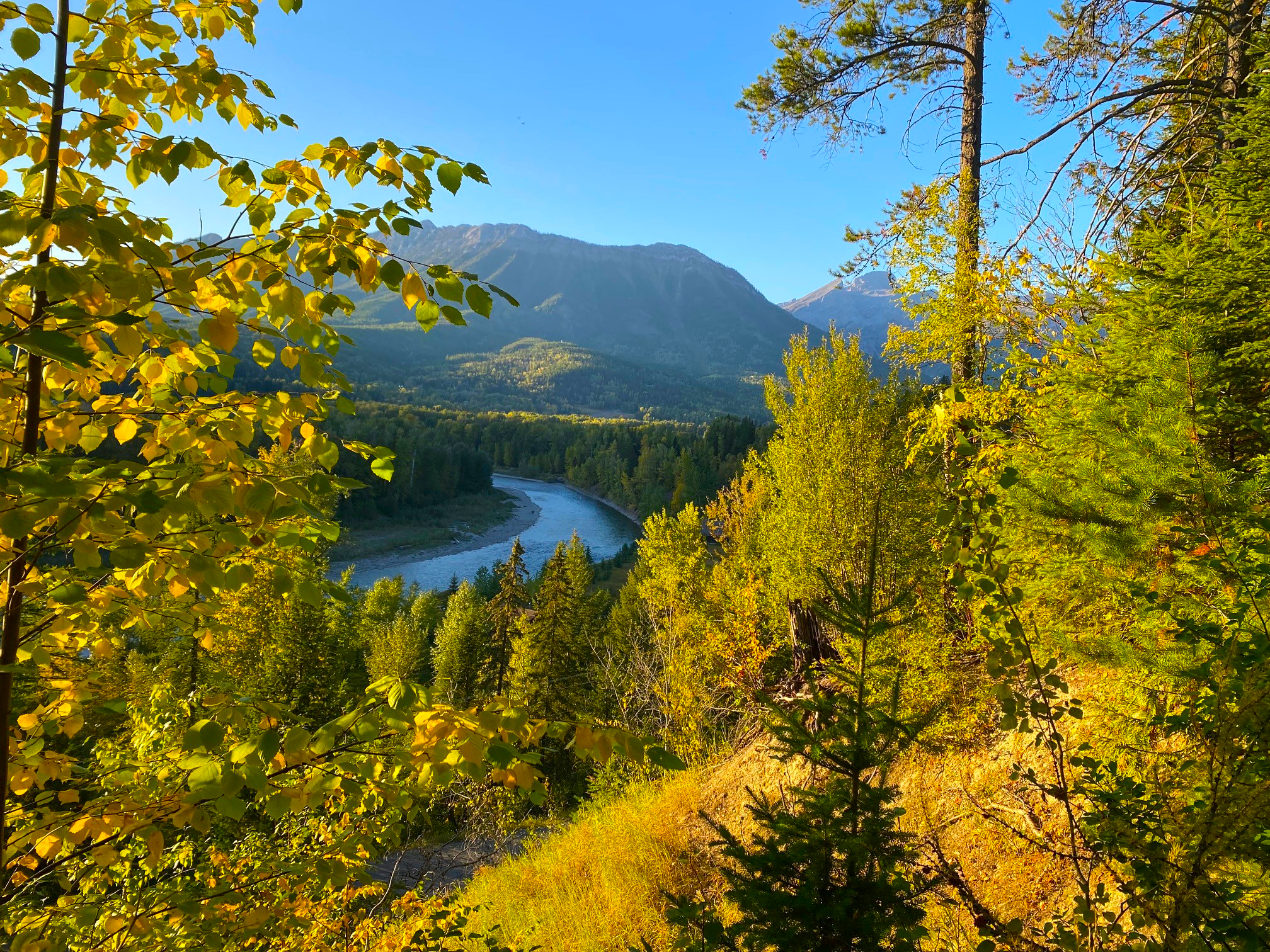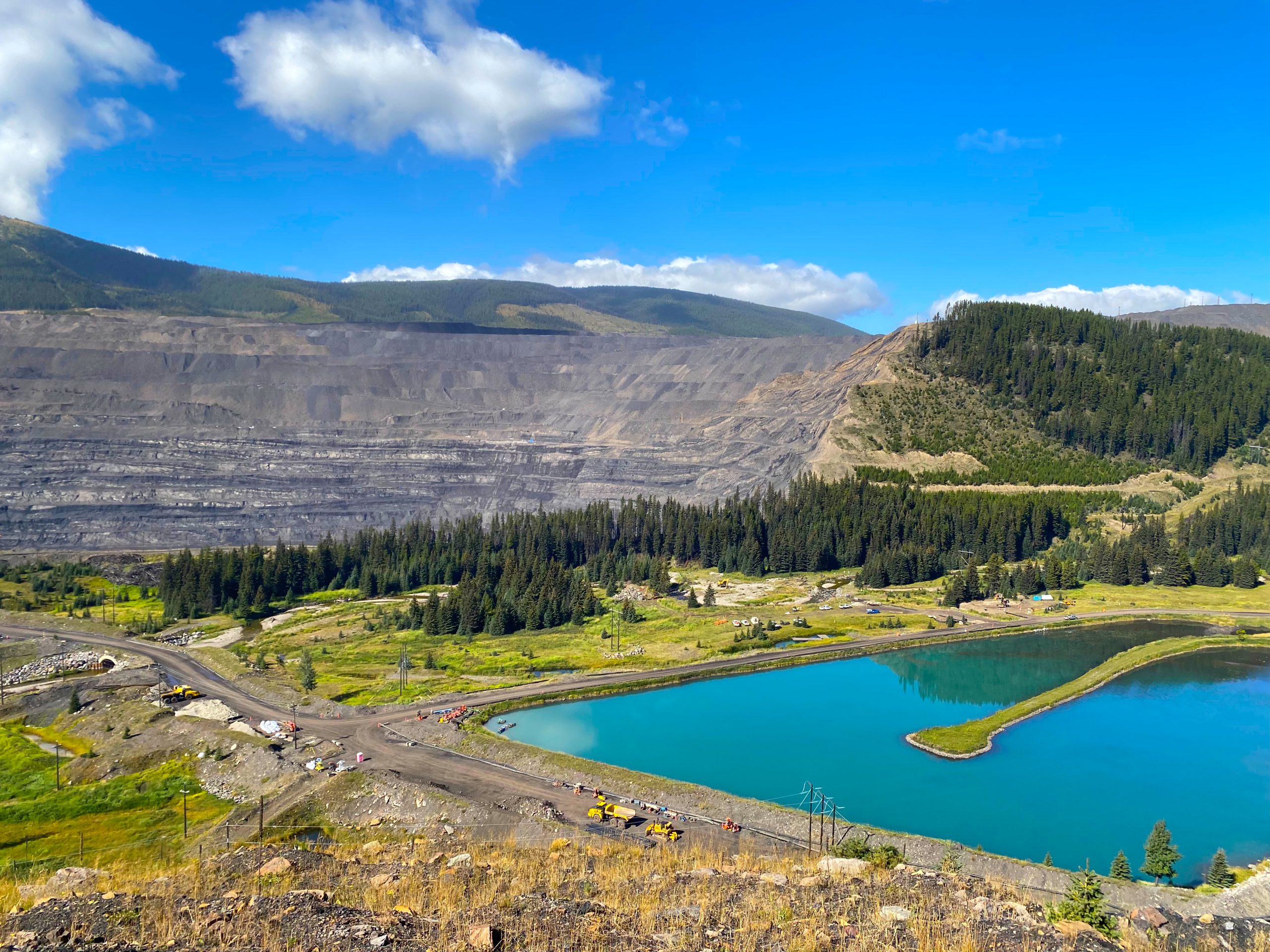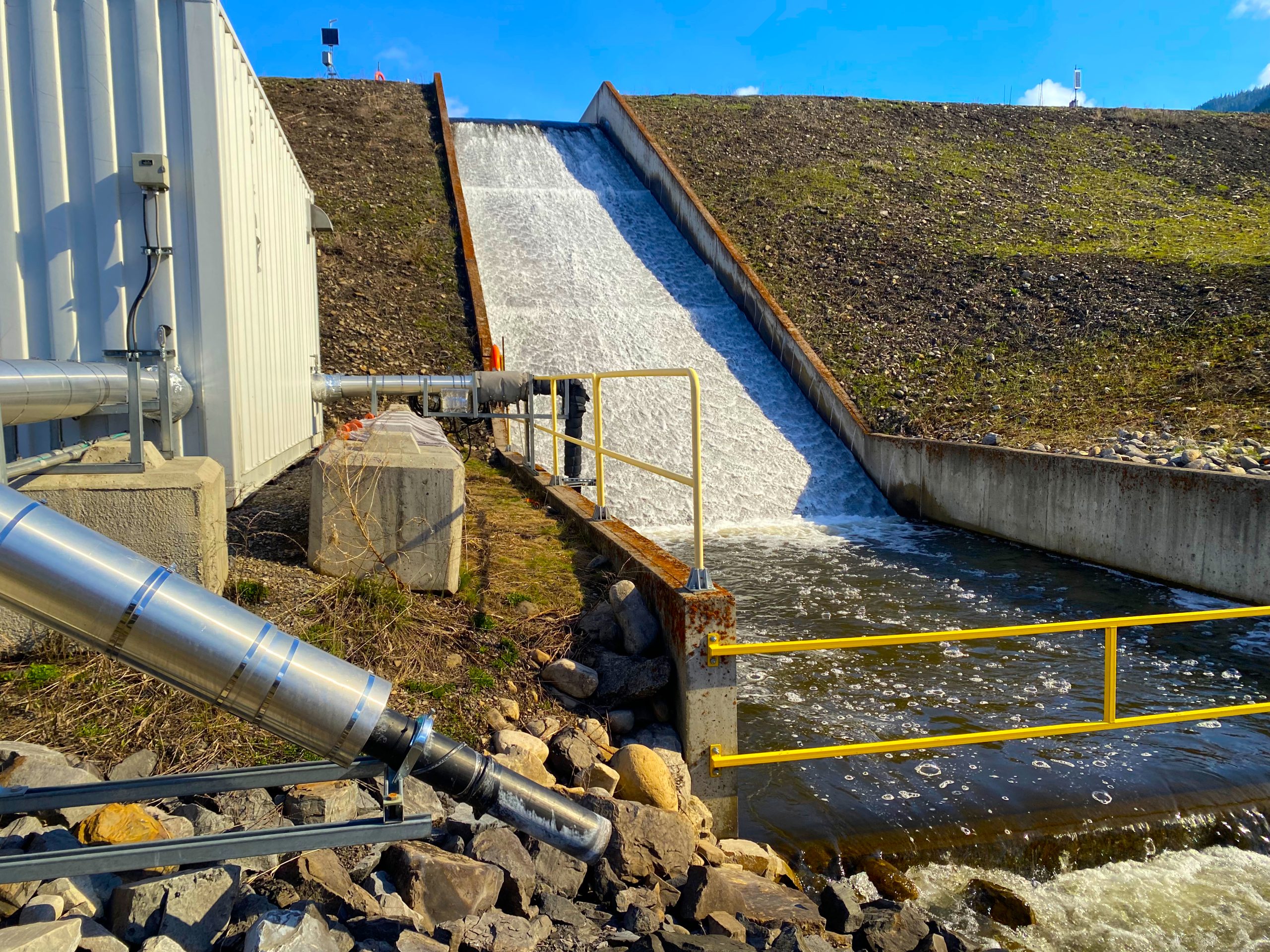On this page
Mining history and impacts
Coal mining has been happening in the Elk Valley for over 100 years. Approximately 50 years ago, mining methods changed and there was shift towards larger-scale open pit (surface) mining.
In the mid-1990s, increasing amounts of selenium, nitrate and sulphate were found in the water downstream of the mines. It was determined that extensive disturbances of the land and water associated with surface mining, and the large volumes of waste rock being generated at the mines, was causing these substances to be released into the environment. This changed the water quality in the downstream rivers.
Calcite deposits on some of the stream bottoms close to the mines were also found. Calcite forms on the bottom of streams in a similar way to scale building up in a water kettle.
These changes can potentially harm humans, fish and other life forms that live in and use the water.
Selenium (Se)
Selenium occurs naturally in rocks and soil. Mining produces large amounts of waste rock which contains selenium. When it is exposed to air and water, the selenium releases from the rock and water carries the selenium out of the rock piles and into the environment.
In the environment, selenium can collect in sediments, plants and animals. It accumulates as it moves up the food chain from plants, to insects, to animals as they eat each other. At high enough levels, selenium can harm reproduction in fish and birds.
Although people are not as sensitive as animals, too much selenium can be harmful for human health.
Nitrate (NO3–)
Nitrate occurs naturally in the environment, but its biggest source in the Elk Valley is leftover explosives from the blasting that is used to break up rocks and earth during mining.
When nitrate is washed off the rock and into the environment, it can directly harm aquatic insects and fish if the levels are too high. It can also cause too much plant and algae growth, which can indirectly harm insects and fish by lowering oxygen levels in the water.
Sulphate (SO42-)
Sulphate is a chemical compound that is widespread in the environment. Mining produces large amounts of waste rock that contains sulphate. Like selenium, when the rock is exposed to air and water, sulphate is released and can move into the environment.
At high concentrations, sulphate can be harmful to aquatic plants and animals.
Calcite (CaCO3)
Calcite is found in the sedimentary rocks of the Rocky Mountains. Mining can disturb these rocks and expose calcite to water. The water can dissolve the calcite and move it into the environment. The calcite then builds up on the rocks in the downstream environment.
Calcite build-up can harden on stream bottoms and make it more difficult for fish to spawn. Calcite can also harm aquatic insects by building up directly on them.
Timeline

1995
• Increasing selenium levels first identified
• Extensive research begins to better understand the selenium issue

2008
• Teck Coal Ltd. (Teck) now owns all mines

2012
• First valley-wide selenium management plan developed by Teck

2013
• Teck ordered by the B.C. Minister of Environment to developed an Area Based Management Plan to stabilize and improve water quality trends

2014
• Teck’s Elk Valley Water Quality Plan approved by the B.C. Minister of Environment
• Permit 107517 issued to Teck, making commitments in the Elk Valley Water Quality Plan enforceable and regulating key substances

2015
• First selenium and nitrate Active Water Treatment Facility (AWTF) begins treating water at Line Creek Operations mine

2017
• First calcite treatment facility starts up at Greenhills Operations mine

2018
• First Saturated Rock Fill (SRF) pilot selenium and nitrate treatment facility approved at Elkview Operations mine
• Calcite treatment and other upgrades incorporated into Line Creek AWTF to prevent calcite formation and minimize selenium accumulating in aquatic life

2019
• Improved blasting practices implemented to reduce nitrate sources

2020
• SRF (including calcite treatment) at Elkview Operations becomes permanent and is expanded

2021
• Continued development of new source control techniques and water treatment facilities (see detailed treatment timeline)

2022
• Updated water treatment plan proposes 17 new or expanded facilities by 2042
• Water treatment and current conditions in the Elk River watershed and Koocanusa Reservoir

2024
• On July 11, 2024, Teck Resources sold the Elk Valley coal mines to Glencore. The coal mines are operated under the name of EVR Operations Ltd. (EVR).







